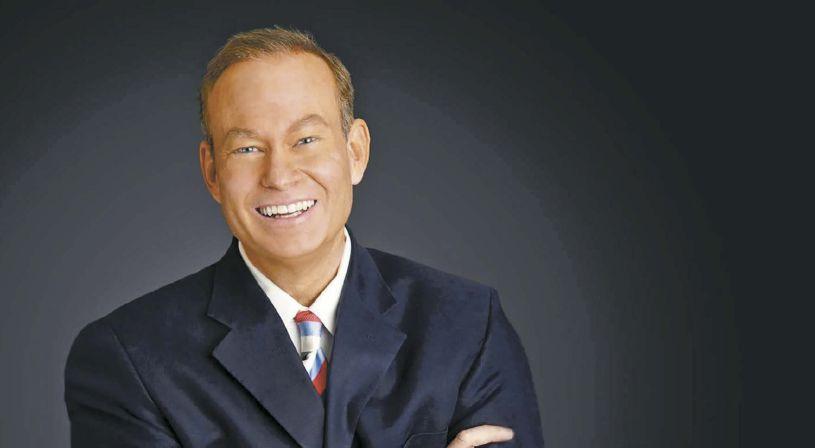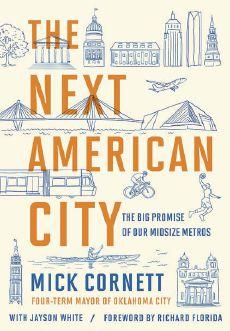
2 minute read
Mid-sized metros are ‘The Next American City’
EDITOR’S NOTE:
Mick Cornett served as Oklahoma City’s mayor from 2004 to 2018. That’s four terms, making him the city’s longest-serving mayor.
“Midway through his time in office, Newsweek called him one of the five most innovative mayors in the country, and at the end of his mayoralty, he was named No. 25 on Fortune Magazine’s ‘World’s Greatest Leaders’ list,” Amazon.com reports.
Since leaving office, Cornett has written a book, “The Next American City: The Big Promise of our Midsize Metros.” The book describes not only Oklahoma City’s success, but also what links that city with Fargo, Sioux Falls, Indianapolis and other mid-size cities of surprising prosperity and health.

Recently, Cornett talked with Prairie Business about his work.
Q.YOU HAVE A GREAT LINE IN YOUR BOOK ABOUT OKLAHOMA CITY’S REPUTATION, WHICH TOOK ITS FIRST HIT WHEN JOHN STEINBECK DESCRIBED RESIDENTS FLEEING DROUGHT, GRASSHOPPERS AND FORECLOSURE FOR CALIFORNIA, THE PROMISED LAND.
“SOMETIMES I JOKE THAT READING THE BOOK WAS JUST SOMETHING OUR TEACHERS DID TO ENSURE OUR KIDS WOULD FEEL BAD ENOUGH ABOUT THEMSELVES,” YOU WRITE.
THESE DAYS, OF COURSE, OKLAHOMA CITY RANKS HIGH ON MANY OPPORTUNITY, PROSPERITY AND QUALITY-OF-LIFE LISTS. TALK ABOUT THAT TURNAROUND.
A.A lot of the seeds had been planted; my predecessors had done some amazing work.
For example, the way we fund our initiatives. The MAPS or Metropolitan Area Projects Plan had been started in the early 1990s to revitalize downtown. Our downtown core had really been deserted, and Oklahoma City already had started to turn that around.
The approach was a penny-on-the-dollar, time-limited sales tax that is put on the ballot to build specific capital projects. We live in a very conservative political environment, and our citizens seem to like the idea of a limited sales tax for capital projects.
The approach means we don’t bond projects out. We pay cash, so there’s no debt with the MAPS approach.
And when it’s over, people can go up to the project and touch it, then determine for themselves, did it meet my expectations or not?
We feel like we have met the voters’ expectations over and over again. And through the years, 25 years now, we have developed a reputation of doing what we said we were going to do.
That has developed a level of trust where people are willing to invest over and over again.
Using that approach, we worked hard, looked for opportunities, and the economy just grew.
YOU STARTED OFF IN BROADCAST JOURNALISM. WHAT BROUGHT ABOUT YOUR INTEREST IN CITY GOVERNMENT?
During the 1990s, I was a television sportscaster, and the bombing occurred in Oklahoma City. At the time, I was going through a stage in my life where I was wondering what I wanted to do with the second half of my professional career.
After the bombing, I started covering news instead of sports, and I felt I was changing as a person. Then my boss assigned me to go cover City Hall – and when I went into that first meeting, I just realized that’s what I was looking for.
I found a relevance, I saw citizens interacting with their elected leaders, and I thought to myself, “This is where a person can make a difference.”
So I left television, started my own business, ran for City Council and then three years later, ran for mayor. I served for 14 years.










